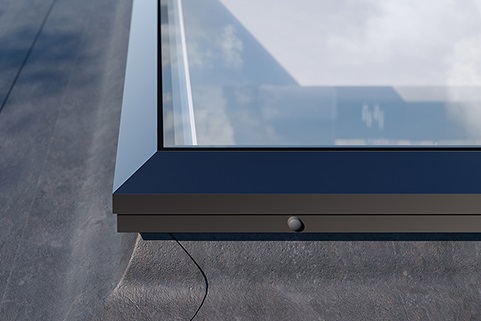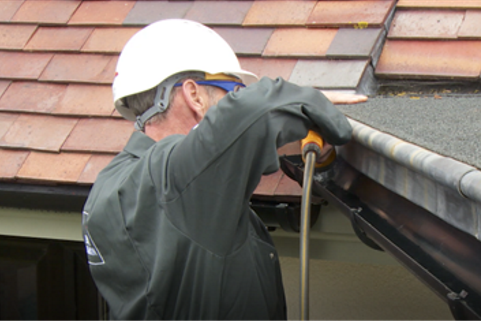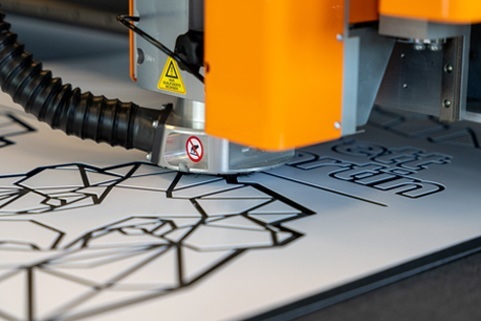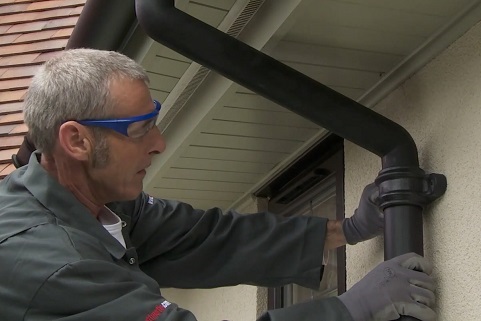Caring for your gutters & downpipes
Maintaining your rainwater system is just as crucial as specifying the right system for your home. Take a look at our Q&A to ensure you are maintaining your rainwater drainage system properly.
Why do I need to maintain my rainwater drainage system?
Your home’s exterior is exposed to all kinds of weather conditions, and a build-up of debris and dirt can mean drainage becomes less effective. By properly maintaining your gutter system, you can prevent secondary issues like mould and damage to the exterior of your home.
What safety precautions do I need to take first?
Maintaining gutters invariably means working at height, so it is important you research all the necessary safety precautions first, including using the relevant personal protective equipment (PPE).
How do I clean my rainwater drainage system?
Using a plastic gutter cleaning tool, remove larger debris from the gutter and place it in a bucket, then rinse out the remaining dirt and debris with a garden hose for a thorough clean. Direct the hose towards the downpipe to allow the debris to drain away. If water is not draining correctly, check for blockages in the downpipe and use the necessary tool to dislodge them, if required.
How often do I need to clean my rainwater drainage system?
The general rule for best practice is to inspect and clean your gutters and downpipes at least once a year, but it’s particularly important to do so during the autumn and spring seasons to keep them prepared for heavy rainfall and inclement weather. If you live in an area that experiences heavy rainfall or high winds then more regular maintenance might be necessary.
What do I do if I have a leaking gutter joint?
If you have metal guttering, the joint can be scraped of any debris and dried before injecting roof and gutter sealant into it. If your guttering is plastic, check that fittings such as union pieces and running outlets are secured, as one of the gaskets may be dislodged or damaged. In this case, you can release the joint by squeezing the gutter and reposition the gasket into the correct location or replace the damaged gasket with a new one.
What do I do if my guttering is sagging?
If the guttering is sagging due to loose or incorrectly positioned brackets, water will accumulate and pool instead of flowing as it should. If the issue is due to a loose screw, insert a wall plug and re-screw the bracket. If the bracket is not positioned correctly, fill the hole and reattach the bracket in the correct position. Plastic guttering should also be checked to ensure that gutters have not moved beyond the thermal expansion guides on the gutter fittings.
What if a stop-end has been dislodged?
If the stop-end has been dislodged then it should be refixed. In the case of a missing stop-end the gutter profile and size should be checked and then the stop-end should be replaced with one which is compatible with the gutter profile.
What if a downpipe has been dislodged?
In the case of a loose plastic downpipe, inspect the clips and screws to see if they’re properly connected. Replace the screws with the same size if any are missing.
Maintaining a rainwater drainage system is vital for the protection and longevity of your home. Neglecting to upkeep your gutters and downpipes can lead to costly repairs and secondary issues as well as potential damage to the home. By following these best practices, you can help prolong the life of your rainwater drainage system and keep your home protected.
To find out more about Brett Martin Plumbing and Drainage visit: www.brettmartin.com
Related
Cascade is a range of cast iron effect guttering and downpipe profiles which provides authentic traditional cast iron style in plastic.

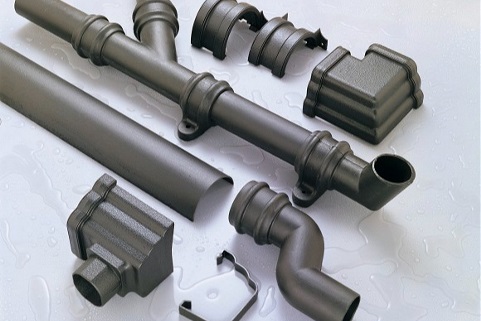


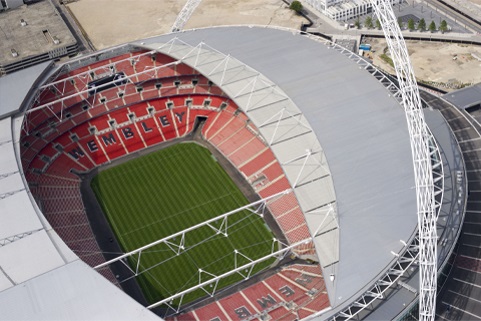

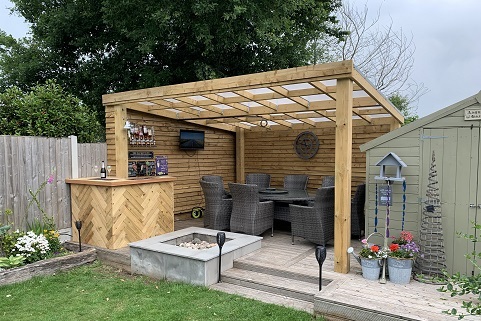
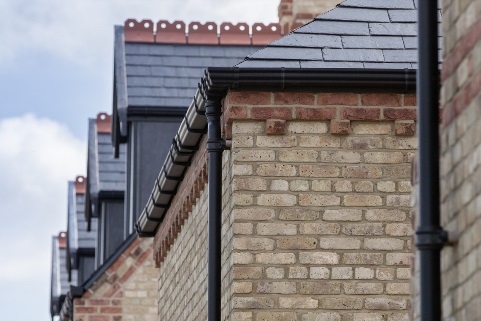
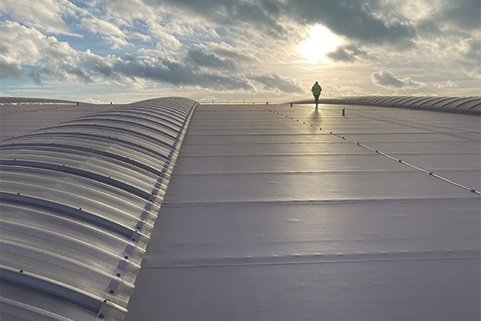
.tmb-listing.jpg?Culture=en&sfvrsn=a65ec15f_1)


